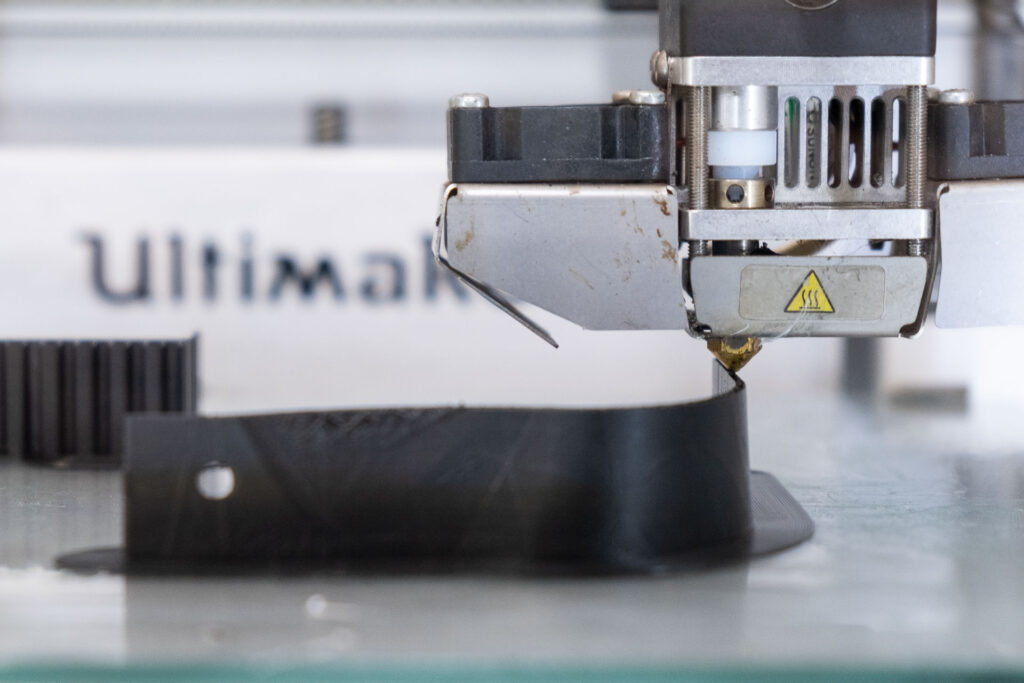MISSION
At MGI Engineering, we are known for our acute attention to detail and the ability to produce highly complex structures with a focus on producing components that are a lightweight as possible. With these strong credentials and an advanced knowledge in Formula 1 level composites, we are the obvious choice for motorsport, automotive and aerospace companies requiring complex composite solutions.
Our Formula E partner were seeking assistance as part of its development programme, for its gearbox housing. The programme entailed designing the gearbox housing to the point of production and working with the team and its supplier to produce the component. The regulations for Formula E, which are set out by the FIA are very strict, so our client was looking for a partner who could help to produce a housing that was both structurally sound and lightweight – a challenge that we were up for and relished!
GAUNTLET
The project presented several challenges for us to overcome. One of the key challenges was meeting the strict regulations for Formula E, which included physical size restrictions for the housing, as well as stringent crash and static load testing requirements. The static load tests were particularly demanding, as the housing needed to withstand a sideways load would be similar to that experienced during a crash. The rear wishbone mounting points were also an area of consideration, as the forces during an impact are transferred along the wishbone arms and push into the side of the housing, putting immense pressure on the structure.
Another challenge was the physical packaging of the housing. There are many internal systems that needed to be accommodated within the housing, as well as external components, such as shock absorbers. This meant that there were limitations on the amount of space available within the housing, which made the design process more complex.
INNOVATIONS
We worked closely with our partner to ensure we had a strong understanding of the programme and the design constraints as we developed the housing. With projects like this, it becomes an iterative process to develop a solution that can perform at its very best, be ultra-lightweight and contain all of the additional hardware that is needed to be packaged within the housing.
We had regular updates from the team on its requirements. This allowed us to design the housing with precise clearances, knowing that the final product would be reliable and fit for purpose. Both parties were committed to the success of the project, and this was reflected in the collaborative approach that was taken. Regular communication and updates were fundamental to the success of this project; we were able to overcome any hurdles by openly discussing and resolving issues quickly. This collaborative approach enabled us to complete the project on-time, within-budget and importantly, within the regulations, as the housing passed all of the tests required by the FIA.
Finite element analysis (FEA) was used extensively throughout the project. This involved simulating the performance of the housing under various loads and stresses, to identify areas that needed strengthening or re-designing. FEA was critical in ensuring the housing met the Formula E regulations, particularly in relation to the crash and static load tests.
The gearbox housing we developed is built up from layers of carbon-fibre sheets. Utilising the FEA data we gathered during development, enabled us to understand where we could add material in specific high load areas, for example to understand where the suspension components mount. We were also able to ascertain where we could remove material to save as much weight as possible.
Thanks to modern composite lamination techniques, we’re able to change the thickness of the housing in critical areas. A uniform thickness of material is not the most efficient way to design a component like this which undergoes different stresses in different areas. This technique was applied to the housings, so the variation of thickness varies across it.
With our extensive motorsport and aerospace background, we were also able to draw on our past experience and knowledge, particularly in relation to the design and manufacturing of other housings. This set us up really well to take on this challenge by Formula E and were able to tackle those head on before we even started the design process. This resulted in a component that we are happy to put our name on and one that our partner is more than happy to put on its car and compete with at the highest level of electric racing.
